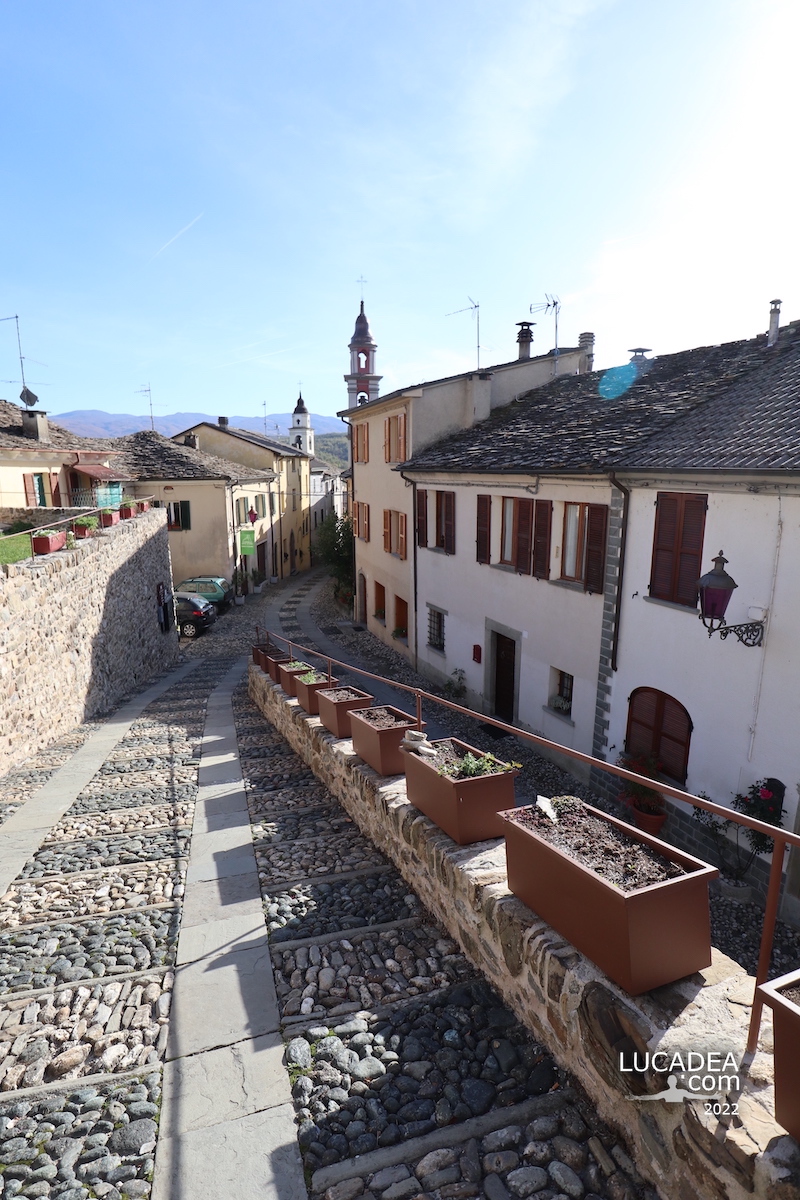The beautiful Porta Fuga in the city of Spoleto.
The city of Spoleto, located in the heart of Umbria, is rich in history and charm. Among its most precious treasures is the Porta Fuga, an ancient gate that tells stories of courage and resistance.
The Porta Fuga takes its name from a legendary episode that occurred in 217 BC. During Hannibal's invasion, the inhabitants of Spoleto managed to repel the Carthaginian army by throwing boiling oil from the nearby Torre dell'Olio. This act of heroic defense gave the gate its name, which means "gate of escape", in reference to the invaders' retreat.
Originally built during the Roman era, the Porta Fuga has been subsequently modified over the centuries. Experts believe that the current structure dates back to the late 12th century. The gate was raised in 1655 for the visit of Christina of Sweden, and these changes are still visible today.
Today, Porta Fuga is not only a historical monument, but also a symbol of Spoleto’s identity and resilience. Walking along Via Porta Fuga, you can almost hear the echoes of past battles and imagine the determination of the ancient Spoletini.
For those visiting Spoleto, Porta Fuga is a must-see. Located in the first city wall, it offers a fascinating glimpse into Spoleto’s defensive past. Not far away is the Torre dell’Olio, another historic structure that completes the picture of this legendary era.
Porta Fuga is more than just a gate; it is a silent witness to Spoleto’s history. Every stone tells a story of courage and resistance, making this place a key point of interest for anyone who wants to discover the deep roots of this fascinating Umbrian city.
Do you know Spoleto?
Add your own comment or go to the bottom of the site to read what other visitors have written.
Photo taken with Canon EOS RP and lens Canon RF 24-50.
To see all the photos I took in the city click here:

Where is the gate located:
The street takes its name from the gate that was part of the city walls in Roman times, before the medieval development of the village of San Gregorio. Later it took the name of Porta Fuga to allude to the legendary episode of the expulsion of Hannibal's Carthaginian army under the walls of Spoleto (217 BC), driven away by the jet of boiling oil that the people of Spoleto threw from the nearby Torre dell'Olio.
Continua e approfondisci sul sito del Comune
The beautiful Fuga gate in the city of Spoleto – La belle porte d’évasion dans la ville de Spoleto – La hermosa puerta de escape en la ciudad de Spoleto – A bela porta de fuga na cidade de Spoleto – Die schöne Fluchttür in der Stadt Spoleto – Cửa thoát hiểm tuyệt đẹp ở thành phố Spoleto
The text of the post was written with the help of Copilot, a virtual assistant based on artificial intelligence.






















